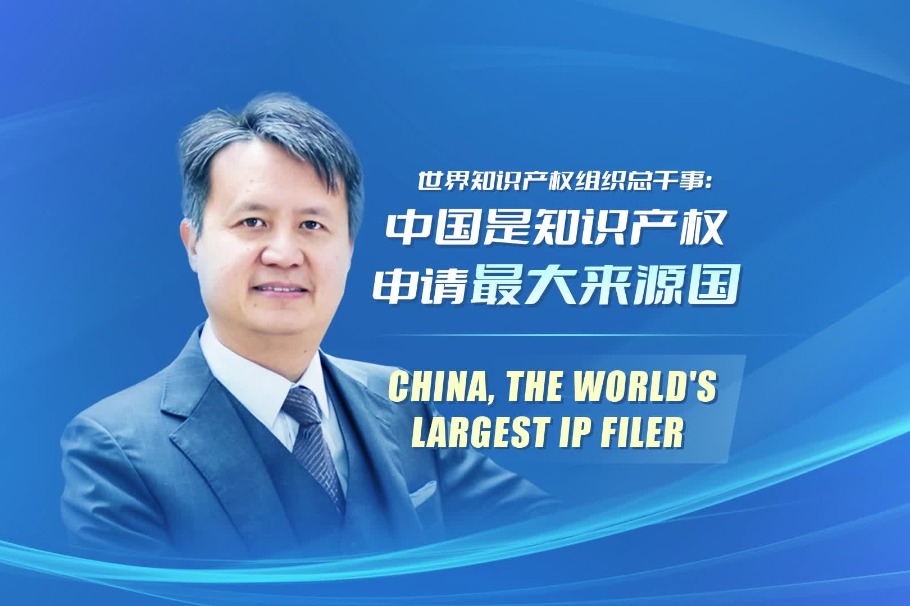Software legalization efforts

Attaching great importance to copyright protection of software, the Chinese government has been promoting software legalization and boosting the sustainable and healthy development of the software industry. Since the beginning of the 21st century, the Chinese government has actively promoted software legalization. China has established an Inter-ministerial Joint Conference System for Promoting the Use of Legitimate Software.
The Inter-ministerial Joint Conference, under the leadership of the State Council, is responsible for coordinating the work of promoting the use of Legitimate Software by government agencies and enterprises, studying and developing relevant policies and measures, supervising and examining the implementation of software legalization, organizing relevant publicity, training and commendation activities, and ensuring the successful fulfillment of objectives and tasks of various stages in the work of promoting software legalization.
Local governments have also established relevant working mechanisms responsible for guiding and promoting software legalization in their respective regions.
The Chinese government has been improving the legal system for protecting copyright of software and enhancing the judicial protection of intellectual property rights of software.
China has established sound supporting measures for comprehensively encouraging the use of legitimate software. In the process of promoting software legalization, China is taking a step-by-step approach, gradually promoting software legalization from the central government to local governments at various levels and from large enterprises to small and medium ones, which ensures the feasibility and progress.
With the implementation of software legalization, the awareness of protecting copyright of software has been constantly enhanced in the society, and the software industry has undergone rapid development, significantly contributing to the development of the national economy.
Results of Software Legalization
Since 2000, the Chinese government constantly strengthened the work of software legalization.
From the launching of software legalization in government agencies in 2001 to the achievement of phased results of software legalization in government and enterprise in 2013, China has gone through 13 years of software legalization and scored universally acknowledged achievements.
By December 2010, thirty one member units of the National Leading Group for Combating IPR Infringement and Counterfeits and the Inter-ministerial Joint Conference for Promoting the Use of Legitimate Software in Enterprises, such as the General Office of the State Council and the Publicity Department of the Central Committee of the CPC, took the lead to complete the work of inspection and rectification of software legalization.
Other central government agencies completed the work of inspection and rectification of software legalization in May 2011.
The software legalization of provincial and municipal government agencies was completed in June 2012 and December 2013, respectively.
During the period of inspection and rectification of software legalization in government agencies from October 2010 to December 2013, central and local government agencies purchased a total of 5.9209 million sets of three types of software, namely, operating system, office application and antivirus software, with a total of RMB 3.438 billion.
The Chinese government solidly promotes enterprises to use legitimate software. By the end of December 2013, 29,729 enterprises in total around China were listed as enterprises to fulfill the annual working objective, of which a total of 20,848 enterprises had completed software legalization; 1,812 training sessions had been held, in which more than 50,700 enterprises (times) participated in training and more than 101,300 people (times) were trained.
All enterprises above Level III among central enterprises, all large and medium-sized financial institutions, and enterprise group headquarters of the press and publication industry achieved software legalization.
Breakthrough development had been achieved in key industries such as coal, tourism and hotels, Internet bars, exploration and design services, and press and publication.
There were 25 large and medium enterprises took the lead to complete the pilot work of software assets management, and explored the establishment of software assets management system meeting the reality of Chinese enterprises.
With increasing efforts toward copyright protection of software, the Chinese software industry has maintained a stable and rapid development momentum for several consecutive years.
The annual output value of the industry jumped from RMB 75 billion in 2001 to RMB 4.9 trillion in 2016. The development environment of the software industry has been optimized, and the benefits and structure of the industry further upgraded and optimized.




